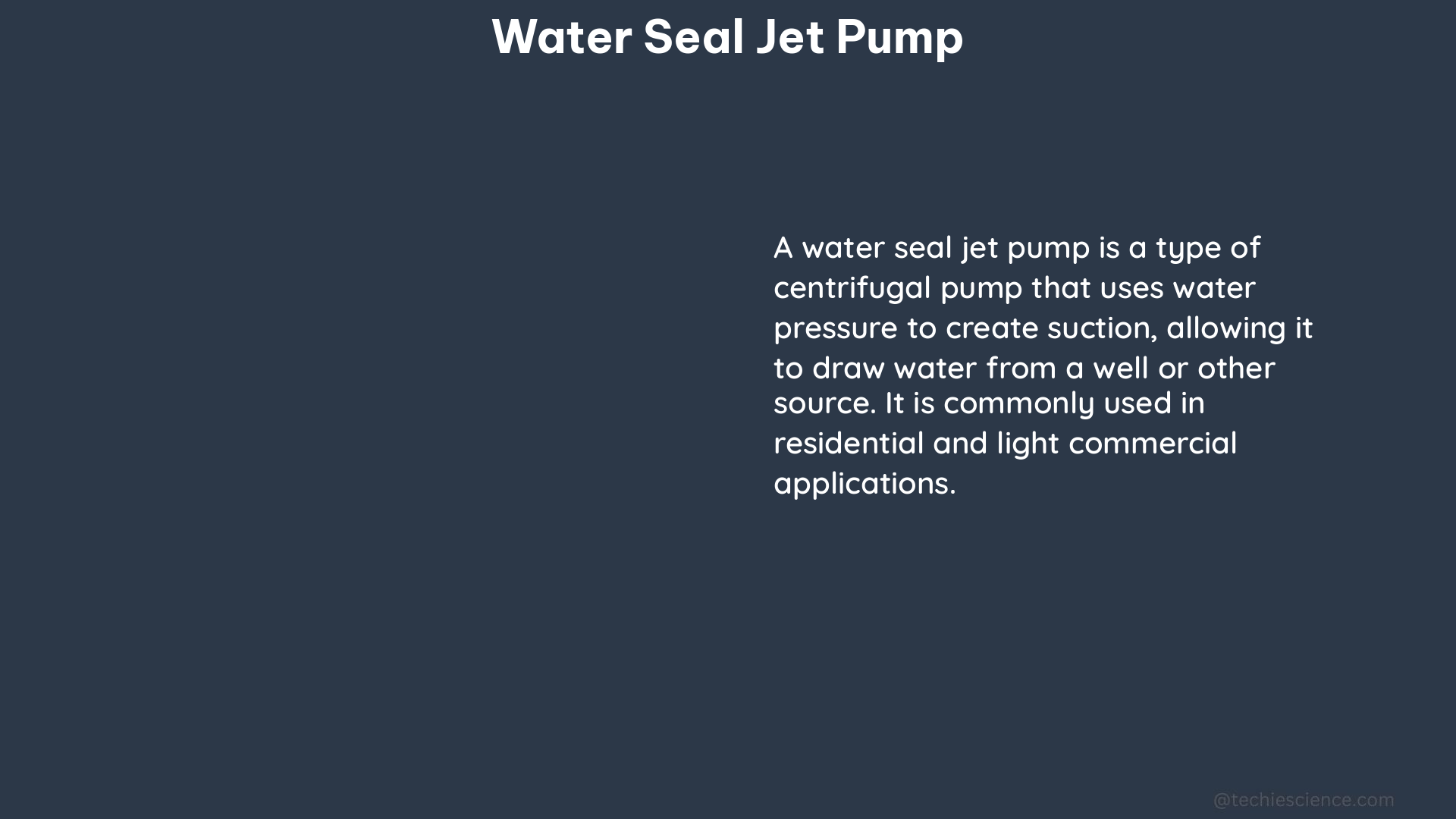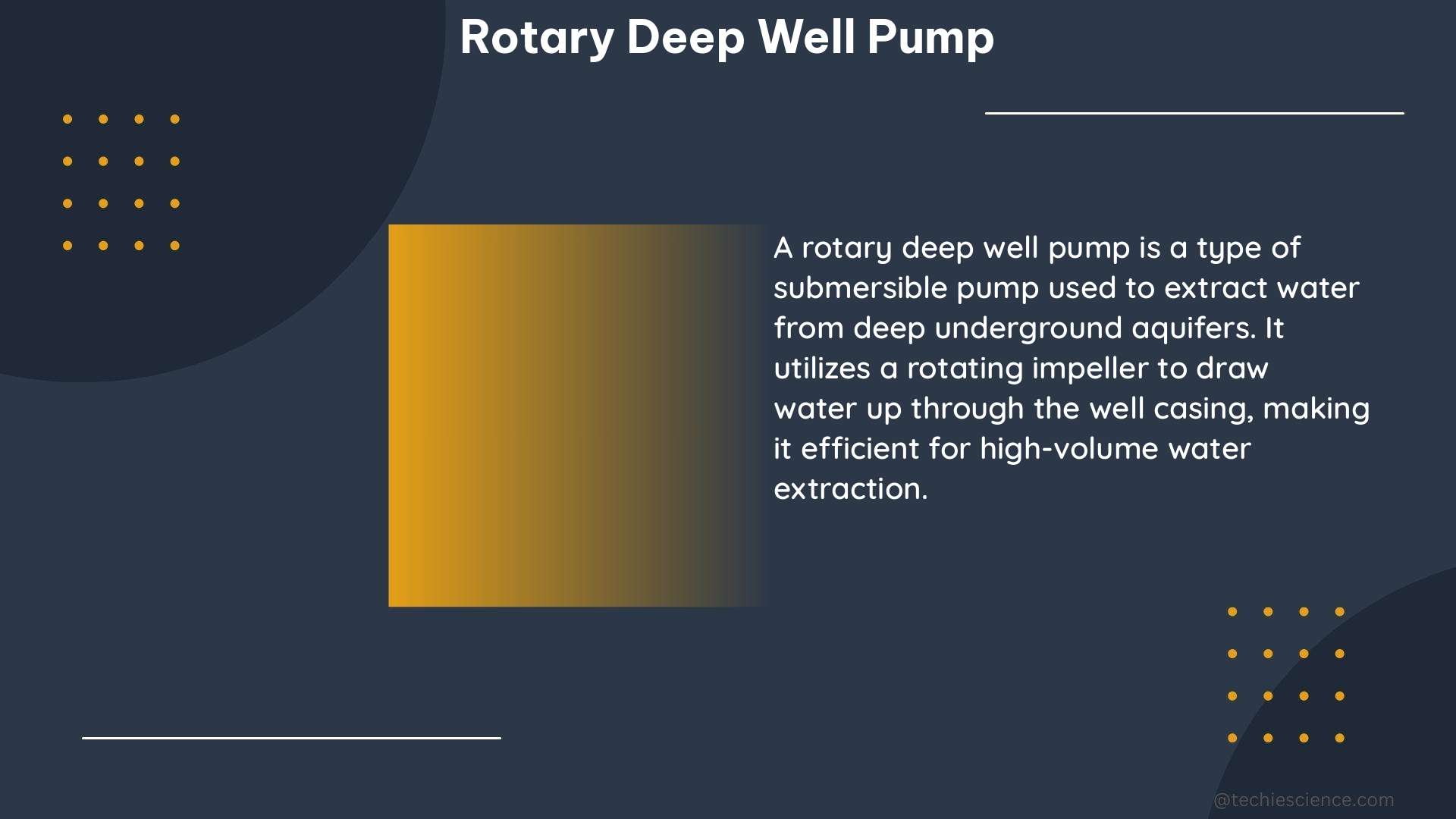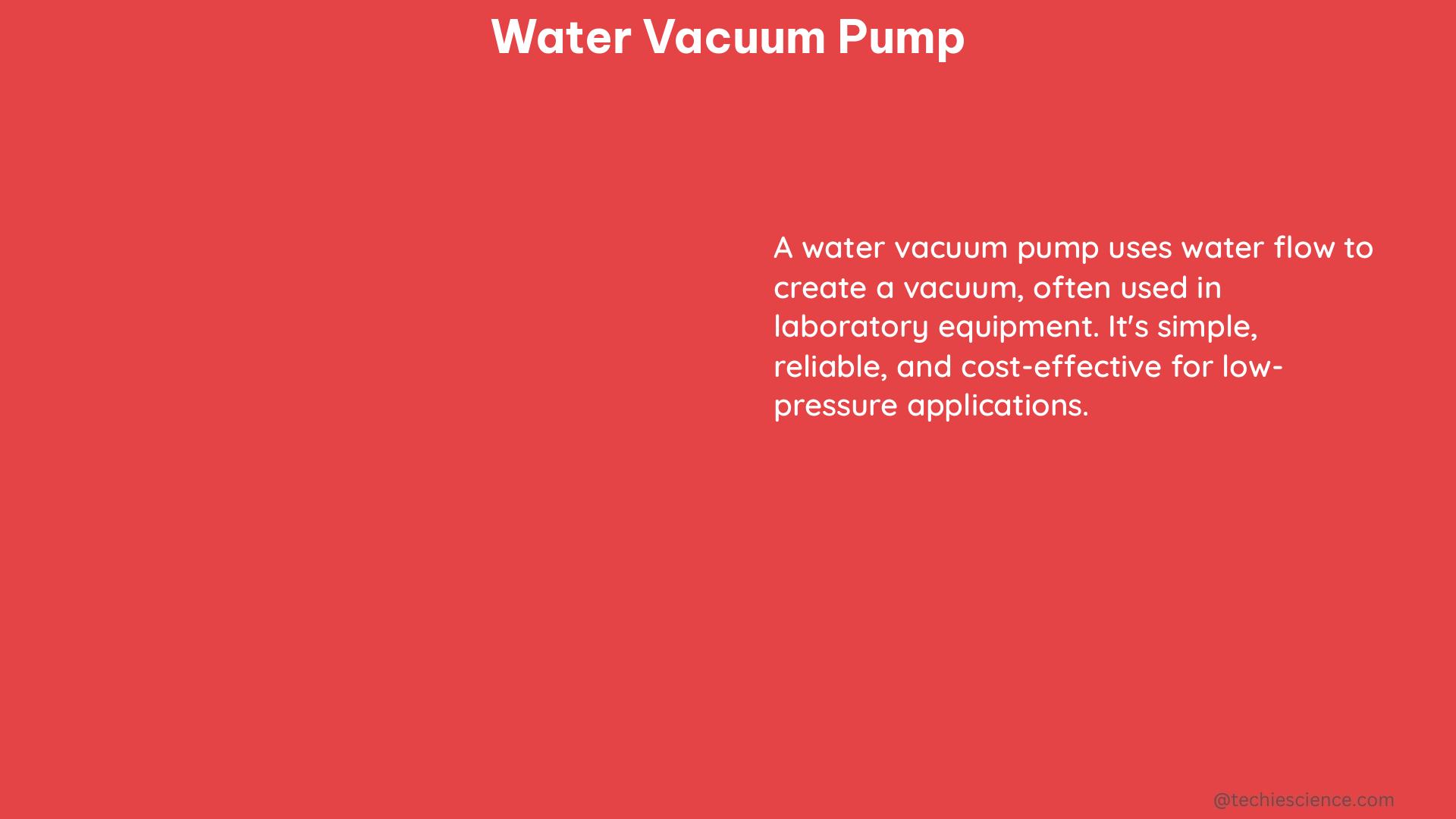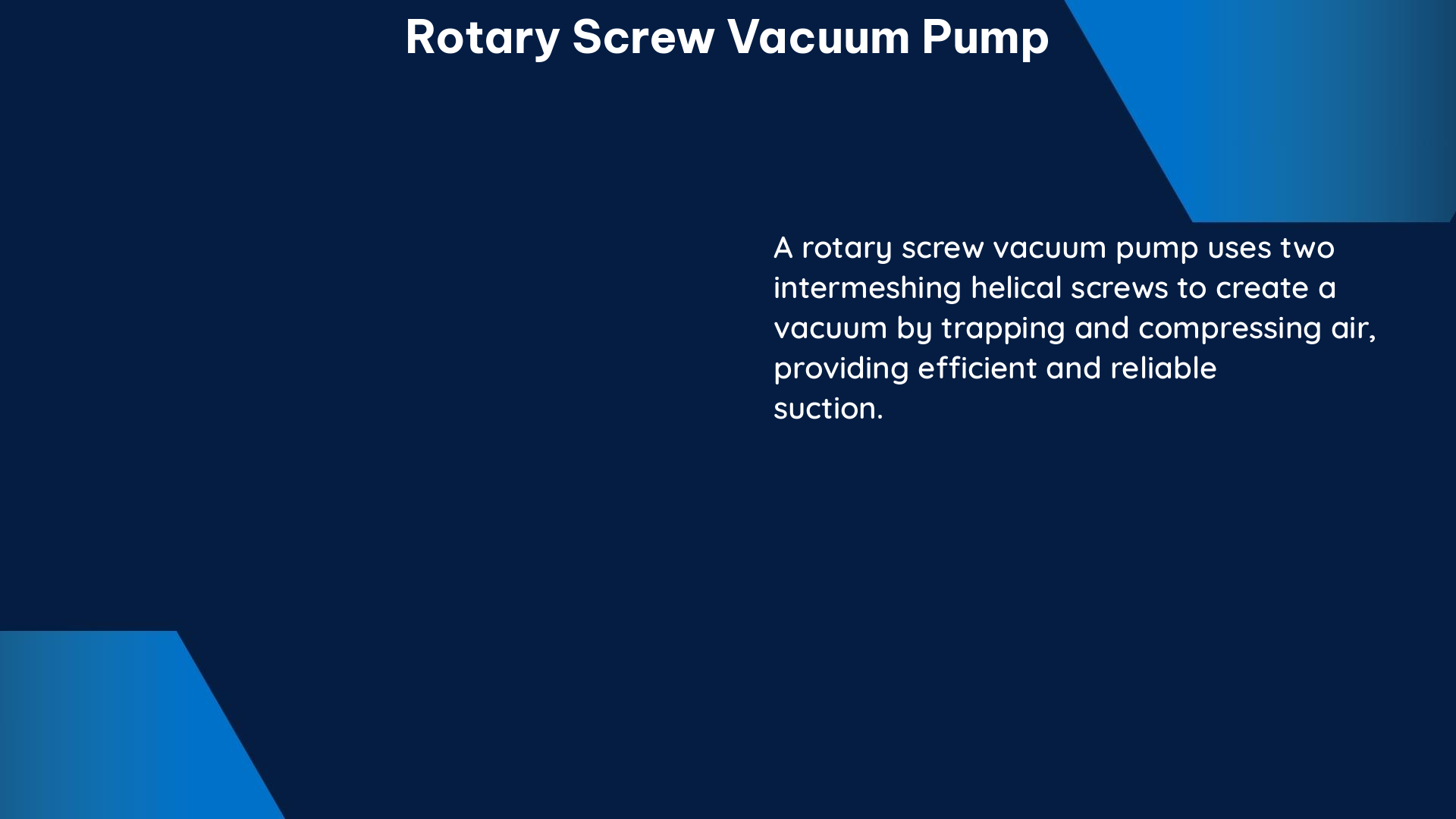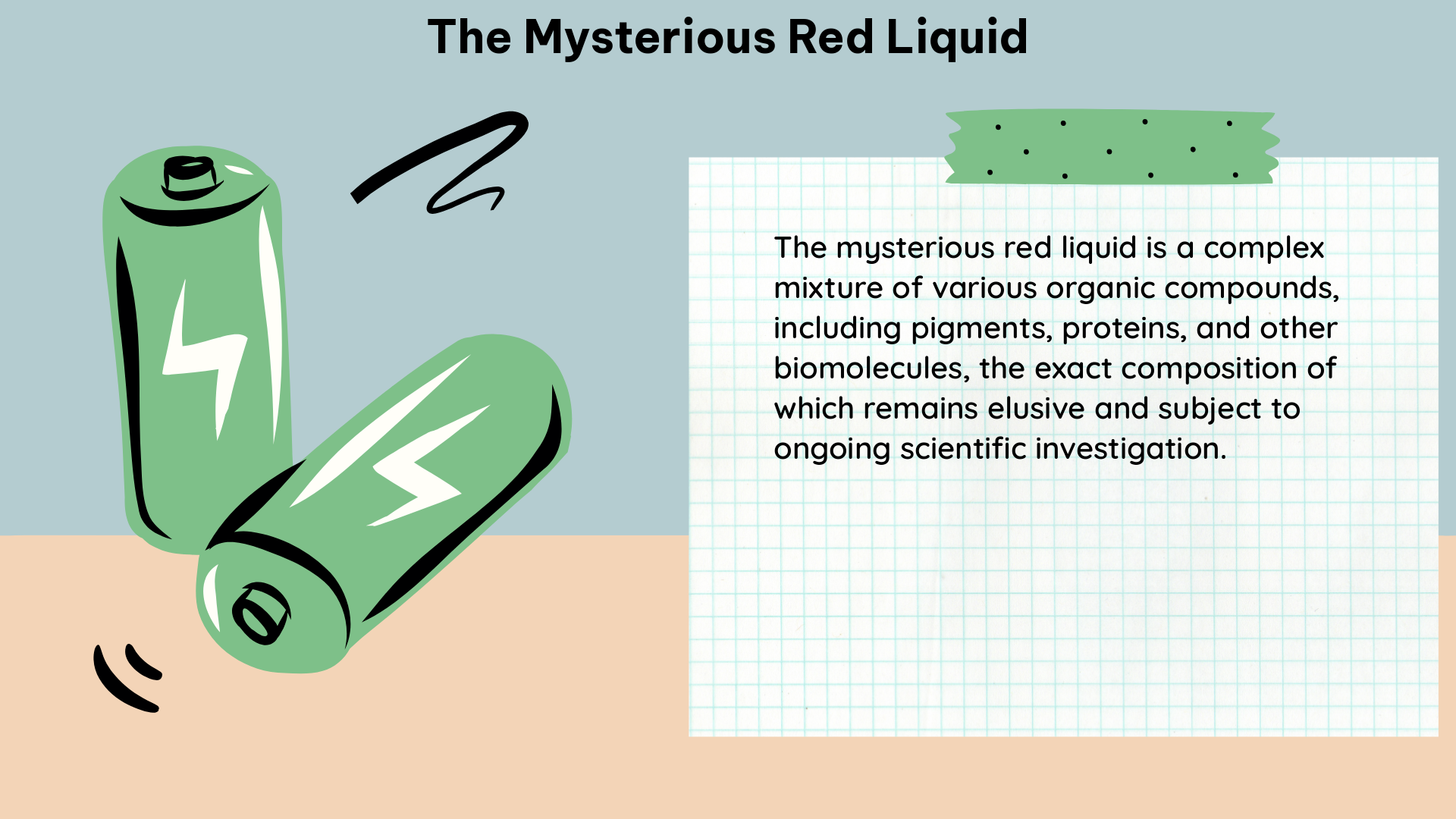![]() is the tangential acceleration,
is the tangential acceleration, ![]() is the radius of the circular path, and
is the radius of the circular path, and ![]() is the angular acceleration. This equation is derived from the relationship
is the angular acceleration. This equation is derived from the relationship ![]() , where
, where ![]() is the arc length. It’s pivotal in rotational motion analysis, linking linear and angular motion parameters.
is the arc length. It’s pivotal in rotational motion analysis, linking linear and angular motion parameters.
1. Expanding the Formula: Technical Insights
The formula ![]() may seem straightforward, but it encompasses a wealth of complex dynamics. To understand this better, consider the following breakdown:
may seem straightforward, but it encompasses a wealth of complex dynamics. To understand this better, consider the following breakdown:
- Radius ([latex]r[/latex]): The radius of circular motion significantly influences tangential acceleration. For a given angular acceleration, a larger radius results in greater tangential acceleration. This is crucial in applications like designing the arms of a robotic system, where the length directly impacts the speed and efficiency of the arm’s end effectors.
- Angular Acceleration ([latex]α[/latex]): Angular acceleration is the rate of change of angular velocity over time. In scenarios like adjusting the speed of a centrifuge, precise control over angular acceleration is vital to achieve desired outcomes without causing structural damage.
Example Data for Tangential Acceleration in Different Scenarios
| Scenario | Radius (m) | Angular Acceleration (rad/s²) | Tangential Acceleration (m/s²) |
|---|---|---|---|
| Robotic Arm | 1.5 | 0.1 | 0.15 |
| Centrifuge | 0.2 | 5.0 | 1.0 |
| Wind Turbine | 35 | 0.02 | 0.7 |
2. Distinguishing Tangential and Radial Acceleration
Understanding the difference between tangential and radial acceleration is critical in applications like vehicle dynamics. Radial acceleration keeps the object in circular motion, whereas tangential acceleration is responsible for the change in speed along the path.
Table 2: Comparison of Tangential and Radial Acceleration in a Racing Car
| Turn Radius (m) | Speed (m/s) | Radial Acceleration (m/s²) | Tangential Acceleration (m/s²) |
|---|---|---|---|
| 50 | 20 | 8 | 2 |
| 50 | 30 | 18 | 3 |
| 100 | 20 | 4 | 1 |
3. Tangential Acceleration in Satellite Orbits
The dynamics of satellites, such as the Hubble Space Telescope, provide a practical illustration of tangential acceleration. Gravitational forces cause minute but critical changes in tangential acceleration, influencing the satellite’s orbit and operational lifespan.
Table 3: Tangential Acceleration Changes in Satellite Orbits
| Satellite | Orbit Radius (km) | Average Speed (m/s) | Tangential Acceleration (m/s²) |
|---|---|---|---|
| Hubble Space Telescope | 6971 | 5477 | 0.0012 |
| International Space Station | 6771 | 7660 | 0.0015 |
4. Advanced Applications: Automotive and Roller Coaster Design
In the automotive industry, ABS systems are designed to optimize tangential acceleration during braking. The balance between radial and tangential forces is also crucial in roller coaster design for safety and comfort.
Table 4: Tangential Acceleration in Vehicle ABS Systems
| Vehicle Model | Braking Distance (m) | Initial Speed (m/s) | Tangential Deceleration (m/s²) |
|---|---|---|---|
| Car A | 20 | 25 | -15.625 |
| Car B | 30 | 25 | -10.417 |
5. Non-Uniform Circular Motion: A Calculus Perspective
In non-uniform circular motion, tangential acceleration varies over time. This requires the use of differential calculus to model and predict motion, particularly in complex engineering scenarios.
6. Angular Momentum and Its Relationship with Tangential Acceleration
The conservation of angular momentum presents an intriguing aspect of tangential acceleration. As a figure skater pulls in their arms and reduces their moment of inertia, their angular speed increases, which in turn affects tangential acceleration.
Table 6: Angular Momentum and Tangential Acceleration in Figure Skating
| State | Moment of Inertia (kg·m²) | Angular Speed (rad/s) | Tangential Acceleration (m/s²) |
|---|---|---|---|
| Arms Extended | 5 | 2 | 0.4 |
| Arms Pulled In | 3 | 3.33 | 0.667 |
7. Tangential Acceleration in Athletics and Sports
In athletics, particularly in track and field, understanding tangential acceleration is key to optimizing performance. Curved tracks are designed to balance tangential and radial accelerations, maximizing athletes’ speed and efficiency.
Table 7: Tangential Acceleration in Track Design
| Track Curve Radius (m) | Athlete Speed (m/s) | Radial Acceleration (m/s²) | Tangential Acceleration (m/s²) |
|---|---|---|---|
| 36 | 9 | 2.25 | 0.5 |
| 40 | 9 | 2.03 | 0.45 |
| 44 | 9 | 1.84 | 0.4 |
8. The Role of Tangential Acceleration in Renewable Energy
In the field of renewable energy, especially in wind turbines, tangential acceleration is critical. The acceleration determines the speed at which the turbine blades spin, impacting energy generation efficiency.
Table 8: Tangential Acceleration in Wind Turbines
| Turbine Blade Length (m) | Wind Speed (m/s) | Angular Acceleration (rad/s²) | Tangential Acceleration (m/s²) |
|---|---|---|---|
| 20 | 12 | 0.06 | 1.2 |
| 35 | 12 | 0.06 | 2.1 |
| 50 | 12 | 0.06 | 3 |
9. Tangential Acceleration in Planetary Motion
The movement of planets in our solar system provides a natural demonstration of tangential acceleration. Planetary orbits are not perfect circles, but the concept still applies, especially when considering maneuvers such as spacecraft slingshot trajectories.
Table 9: Tangential Acceleration in Planetary Orbits
| Planet | Orbit Radius (10⁶ km) | Orbital Speed (km/s) | Tangential Acceleration (m/s²) |
|---|---|---|---|
| Earth | 149.6 | 29.78 | 0.006 |
| Mars | 227.9 | 24.077 | 0.005 |
| Jupiter | 778.5 | 13.07 | 0.002 |
10. Tangential Acceleration in Everyday Life
Everyday phenomena, such as a car turning a corner or a child swinging in a playground, involve tangential acceleration. Understanding these principles can lead to better safety measures and ergonomic designs in everyday machinery and tools.
11. Complex Dynamics in Machinery and Robotics
In advanced machinery and robotics, the precise control of tangential acceleration ensures efficiency and accuracy. For instance, in a robotic arm used in manufacturing, the control of tangential acceleration is vital for the arm to reach and manipulate objects effectively.
12. Quantitative Analysis: Beyond Basic Calculations
Advanced quantitative analysis of tangential acceleration involves integrating calculus, physics, and engineering principles. This is especially true in areas like aerospace engineering, where accurate calculations are crucial for the safety and success of missions.
13. Future Technologies and Tangential Acceleration
Emerging technologies, such as high-speed trains and advanced aerospace vehicles, rely heavily on understanding and manipulating tangential acceleration. Research in these areas not only pushes the boundaries of physics but also opens up new possibilities in transportation and exploration.
